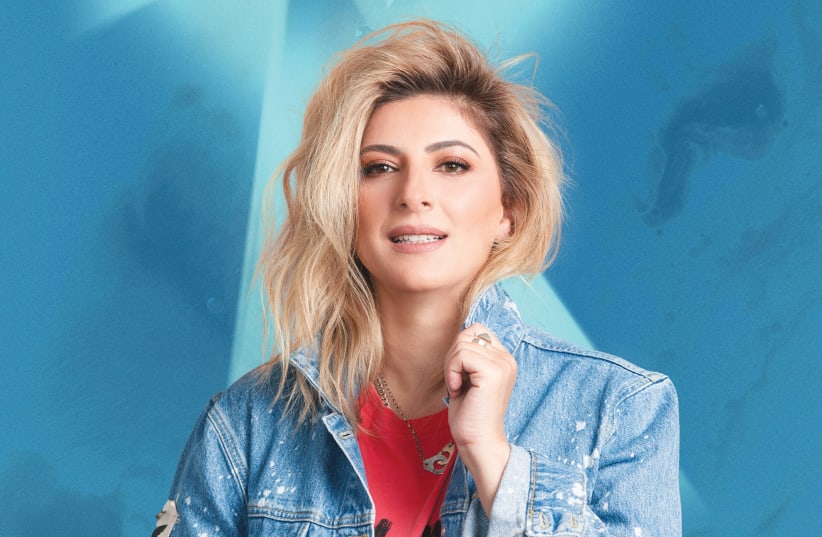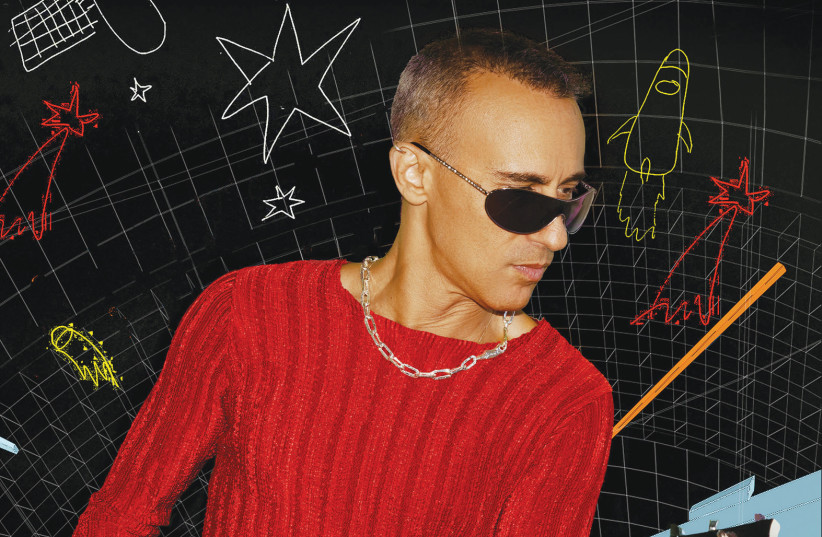Many moons ago, I was one of those die-hard Tel Avivians who zealously referred to the metropolis as “Tel Aviv State.” There was little outside the city that could lure me out of the urban confines, other than a brief foray to my parent’s place in Mevaseret Zion. Thankfully, I have moved on since those far-flung days – physically and philosophically.
Nati Vierba has certainly been doing his utmost to get Tel Avivians, and anyone residing in the so-called center of the country, to start thinking outside their geographic box. In 2009, together with a bunch of similarly enthused locals, Vierba started an audacious cultural project at the Menashe Forest in the Megiddo Regional Authority area up north.
Back then it was called – naturally – the Menashe Forest Festival. A couple of years ago, the music event got itself a serious makeover and is now better known as Central Park Festival. This year’s edition takes place in the vicinity of the Ochberg Lookout near Ramot Menashe, August 9-12.
Considering the spot was thought of as pretty remote by strict Tel Aviv-centric standards, Vierba, and his pals haven’t done too badly. In fact, the event got off to a pretty impressive start, with veteran rocker Rami Fortis and indie star Geva Alon in the inaugural lineup.
This year’s roster features all kinds of rock and indie A-listers such as Beri Sacharoff, Sarit Hadad, Shlomi Shaban, Yoni Bloch, and Asaf Amdursky. And there is some ethnically-leaning fare thrown in. That wouldn’t be a bad rollout, say, in some hangar in the Tel Aviv Port, but attracting such big names over to Megiddo is a measure of the festival’s standing in the national cultural pecking order.
THAT, SAYS Vierba, has been one of the event’s major objectives since the off a full 14 years ago. He and his cohorts are also determined to keep the show well and truly on the road. “The standard of production is very high,” he states. “You just have to take a look at the stage and the sound system and the whole place.”
The pictures from recent years back up that claim. While nowhere near the scale of the iconic festival in Woodstock in 1969, with crowds at the milestone event in Upstate New York estimated at over 400,000, even at a relatively modest 10,000 accumulative admissions over the four days, there is something of that fin-de-sixties halcyon vibe in Megiddo too.
“When we started the festival, 14 years ago, Netta Schapira, who is now the community director of Kibbutz Ein Hashofet, worked with me,” Vierba recalls. “Back then, people asked him what we were doing, and Netta would say to them: ‘We want to be something between the Dalia Dance gathering – that was in the 1950s, thousands of people came for that from kibbutzim from all around the country – and Woodstock.’ He mentioned Woodstock because everyone has heard about it.”
Contemporary culture in Israel
It’s not only about drawing the masses up north. The idea was for the festival to work its way up into the upper echelons of large-scale cultural events in this country, and lodge uppermost in cultural consumers’ minds, and maintain that lofty position. With the 15th edition of the now-renamed festival about to launch, with an impressively expansive agenda, that objective seems to have been met.
“We want to occupy a central position in contemporary culture in Israel,” Vierba declares. “We want to have influence, and to continue to do that.” The man clearly puts his money where his ambitious mouth is, and not just in terms of providing the crowds with their entertainment money’s worth.
It is, he notes, the fruit of sustained efforts to achieve quality and to try to ensure that a high level of artistry is on offer for many years to come. That involves identifying and securing the services of top acts but also keeping the ball rolling further down the line. “For us, the festival is the pinnacle of all the work we do through the year. It is a sort of explosion of energy which impacts on the festival and also on what happens afterward.”
The latter is largely the result of a couple of ongoing programs the regional authority administers. “We have a music center, like a sort of conservatory, which is run by a musician called Yair Vermuth,” Vierba explains, adding that evidence of the self-nourishing educational rewards is right there for the taking. “Yair played in an indie band that performed at the festival,” Vierba chuckles. “That’s how we got connected.”
Vermuth is keen to impart some of his bandstand time experience down the line, and also get some of his peers in on the instructional act. “This week, in the lead up to the festival, Yair will take around 60-70 8-12 grade students – we call it Bandcamp – and give them master classes and workshops moderated by some of the artists that are playing at this year’s festival.”
We are talking genuine star teaching personnel here, including veteran singer-songwriter Eran Tzur, celebrated vocalist Shai Tzabari and producer-drummer Tamir Muskat. “It is a sort of minifestival for the youth. It is a real gem,” Vierba enthuses.
TRUE TO the Megiddo developmental continuum ethos, there are good things on offer on a regular basis. “We have a residency program – this is the third year – with a guest apartment. We have artists – musicians and from other disciplines – coming to stay with us for a month,” says Vierba. Here, too, the idea is to provide enduring rewards and not just for the gifted folk who enroll in the workshops. “We ask artists to submit proposals for projects that also involve, and communicate with, the community.”
One such is Amitai Aricha who engages in traditional Yemenite music. “Amitai is a wonderful musician who explores the roots of the music,” says Vierba. “He worked with people from here, both those with Yemenite roots and others. And he will play at the festival with his new project, which is called D-One.”
Some young aspiring artists will get a chance to shine at the festival, and accrue some valuable stage time. Vierba says there is more where that lot comes from. “We want to serve as an incubator for music in this country. The youngsters can get up close to people, established stars, like Beri Sacharoff. That is part of the learning process too.”
All of the above, and more, can be found in abundance 100 km. up the road from busy, bustling, humid, polluted Tel Aviv. “You can get a lot of inspiration in the city too, but I think that you need some peace and quiet for the artistic process,” Vierba notes. “Here, musicians also encounter different kinds of audiences compared with Tel Aviv. Coming across different audiences can communicate something different to the musicians. That can challenge them, and that has to be a good thing.”
In addition to the onstage entertainment, the Central Park spread will exude chilled vibes, with arts and crafts stalls to catch the eye – and the pocket – and, of course, vittles aplenty.
For tickets and more information: eventim.co.il/centralpark and https://www.facebook.com/centralparkmegido

